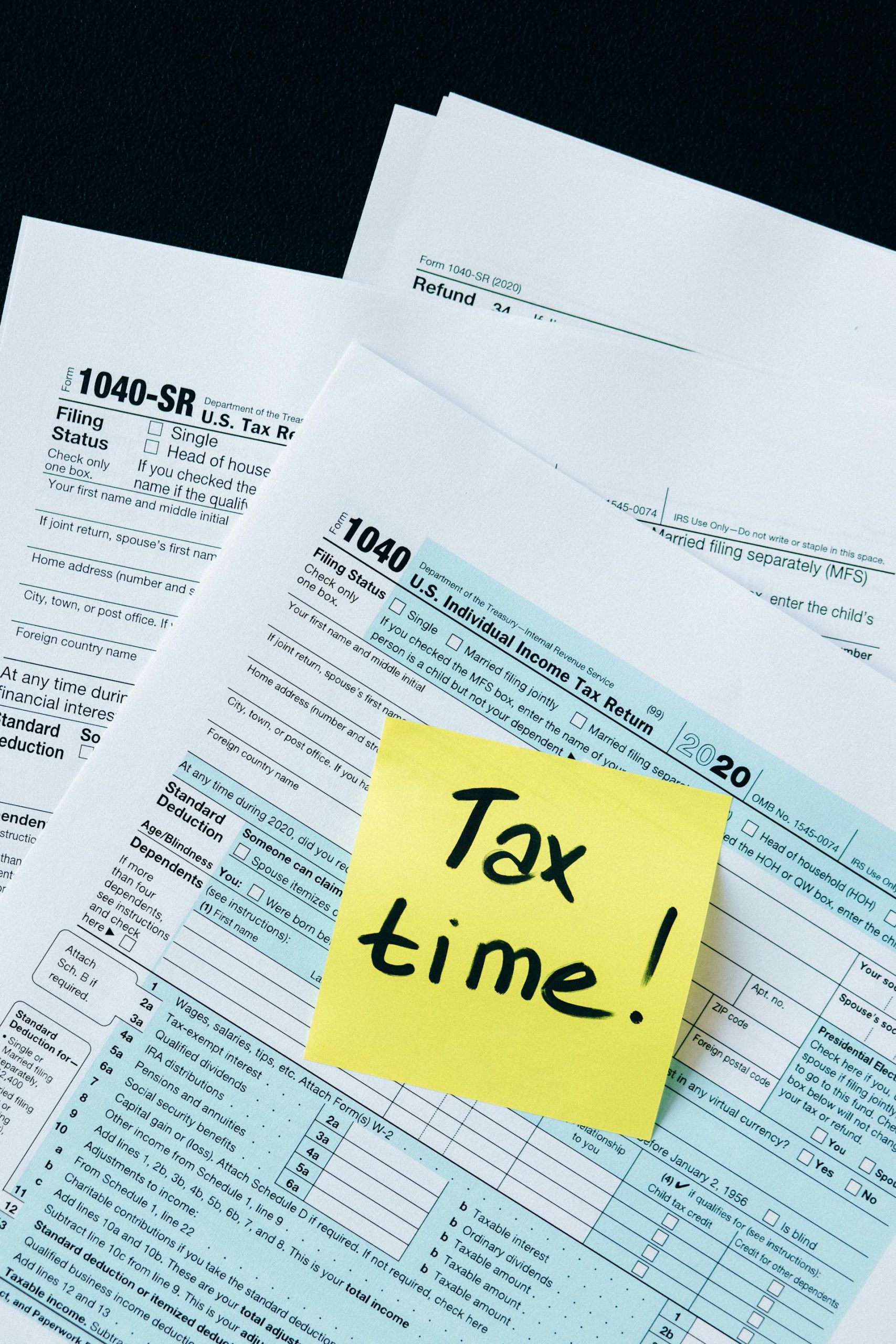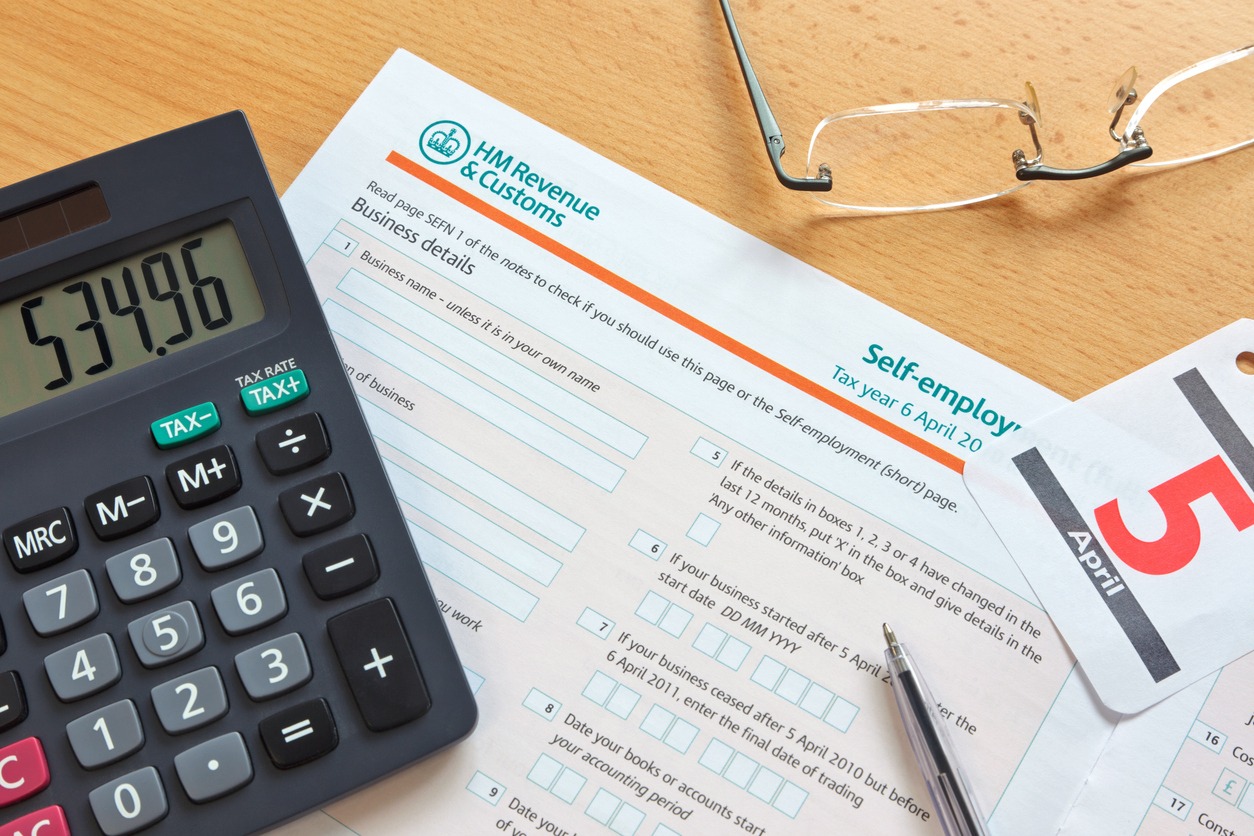IT Professionals Who Work for Themselves: State Tax Compliance
With an increasing number of professionals choosing self-employment in the IT sector, the gig economy has grown significantly in the last several years. Numerous advantages, such as freedom and flexibility, come with freelancing, but there are drawbacks as well, especially with regard to state tax compliance. Accurate tax reporting and optimizing tax savings are frequent challenges for independent contractors in the information technology field. The purpose of this post is to clarify these issues and offer advice on resources that can help independent contractors manage the intricate world of state tax compliance, such as projected tax calculators, self-employment tax rates, and freelance tax calculators.
Increasing tax savings
Maximizing tax savings is one of the top issues for independent contractors in the IT industry. The employer and employee shares of Social Security and Medicare taxes, often known as self-employment taxes, must be paid by freelancers, in contrast to regular workers. Their entire tax liability may be greatly impacted by this. Freelancers should be aware of the credits and deductions that are available to them to optimize tax savings.
For independent contractors, deductions are a vital tool in lowering their taxable income. If an IT worker has a separate home office, they may be able to write off some of their rent or mortgage as well as business-related costs such as software subscriptions, office supplies, and internet fees. Expenses for professional development, such as attending conferences or investing in pertinent books and courses, are also deductible for independent contractors.
Gaining a knowledge of the idea of projected IRS tax payments is another crucial step in managing tax savings. It is mandatory for freelancers to submit quarterly estimated tax payments to the federal and state governments, in contrast to employees who have taxes deducted from their paychecks. To assist freelancers in fulfilling their tax obligations all year long, these payments are calculated based on their estimated annual income. Self-employed IT workers may prevent underpayment penalties by using an anticipated tax calculator to help them figure out how much to pay each quarter.
Managing your taxes as a freelancer
Self-employed IT professionals may find it difficult to file their taxes. It becomes complicated since you have to figure out self-employment taxes, record company and personal income, and comply with several state-specific tax laws. Freelancers can utilize technological tools, such as a tax deduction calculator, to streamline the process.
Online resources known as freelance tax calculators assist independent contractors in calculating their estimated tax obligations in relation to their earnings, credits, and deductions. Both state and federal tax rules are taken into account by these calculators, guaranteeing precise results. Freelancers may predict their tax due by entering their income and deductible costs. This helps them to make plans and ensures there are no surprises when it comes time to submit their taxes.
Recognizing tax rates for self-employment
State tax compliance for independent contractors heavily depends on self-employment tax rates. The employer and employee components of Social Security and Medicare taxes must be paid by self-employed people, as was previously noted. Together with 2.9% for Medicare and 12.4% for Social Security, the current self-employment tax rate is 15.3%.
Recall that the self-employment tax is levied on the net profits from self-employment, which are determined by deducting business expenditures from gross revenue. The Social Security component of the tax, however, is only deducted from the first $142,800 of net wages in 2021. Over this amount, income is exempt from the Social Security component of self-employment tax.
IT workers who work for themselves can figure out their precise self-employment tax due by using an estimated tax calculator. Freelancers may predict their self-employment tax by entering their anticipated income and deductible costs, which enables them to make appropriate financial plans.
To sum up
For self-employed IT workers, complying with state tax laws can be difficult. An essential part of managing one's money as a freelancer is maximizing tax savings and properly reporting taxes. IT workers who work for themselves may successfully plan their expected tax payments, discover deductions, and estimate their tax burden by using tools like freelance tax calculators. To ensure compliance with state tax rules, it is vital to comprehend self-employment tax rates. Freelancers can concentrate on what they do best, which is offering their clients top-notch IT services while navigating the complexity of state tax compliance with the correct information and resources at hand.













